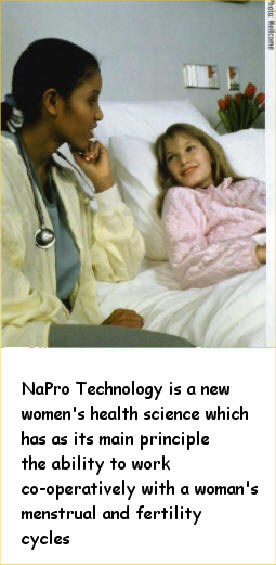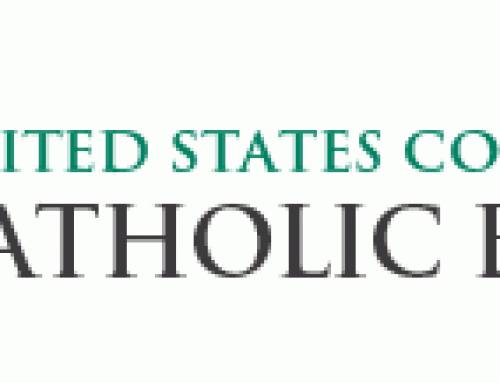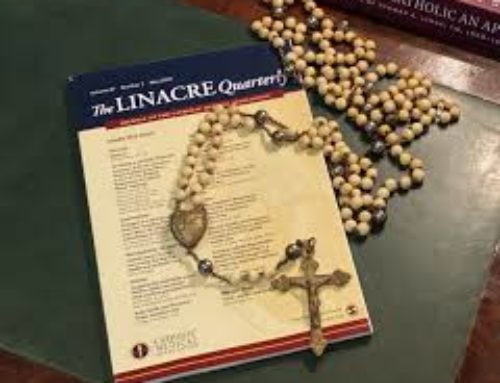Anne Carrus —

Many subfertile couples have reservations about IVF. Some have concerns about the creation, manipulation, selection and disposal of early human life. Others worry about the strain that IVF could produce in their relationship, and dislike the idea of separating the unitive and procreative aspects of sex. Still others are concerned that using donor gametes violates the marriage bond. Ideally, these couples would like an approach that respects the status of the embryo whilst supporting the integrity of both the emotional and physical aspects of marriage. For some of these couples, Natural Procreative Technology could be an acceptable option.
Family planning to infertility treatments
Natural Procreative Technology (NaProTechnology) evolved from a Catholic gynaecologist’s efforts to adapt Natural Family Planning (NFP) to ‘difficult’ groups of women – those who are breastfeeding, have long cycles or are peri-menopausal. Using the Billings Ovulation Method (where a woman detects her own fertility pattern by noticing changes in her cervical mucus) as a baseline, standardizing those observations and documenting other fertility biomarkers such as menstrual flow on a chart, the FertilityCare system for NFP was devised.[1],[2]
But on reviewing the charts of couples who had subsequently failed to conceive when they wished, significant differences were noted compared with charts of normally fertile couples. Further research on these subfertile couples illustrated statistically significant differences of oestradiol and progesterone levels.
This system of accurate cycle charting provides the basis for NaProTechnology: ‘A new women’s health science which has as its main principle the ability to work co-operatively with a woman’s menstrual and fertility cycles’.[3]
STARTING OUT
Couples come from various reproductive backgrounds, with regular or irregular cycles. Minimum conditions for natural conception must exist: one patent fallopian tube, an acceptable seminal fluid analysis, and regular intercourse. Baseline investigations include day three FSH, LH and prolactin. If pelvic pathology is suspected, GPs are often willing to refer to NHS gynaecologists who are supportive of our approach.
CHARTING
Charting is taught in a supportive environment to build confidence and accuracy, and husbands are encouraged to be actively involved. Couples are taught a standardised method of observing all cycle markers and recording cervical mucus.[4] This information is not gathered in standard approaches to infertility investigation. The variations between women in cycle observations and the comparison in the same woman between cycles hold valuable clues in assisting diagnosis and monitoring response to treatment.
Advice about strategies to improve mucus, such as hydration and stress management, is given. Sometimes charting is all that is needed: some couples on the programme conceive after interpreting their individual subfertility record and using potentially fertile days for regular intercourse, a process termed Fertility Focused Intercourse (FFI).[5]

HORMONAL SUPPORT
If a couple’s chart and tests suggest that ovarian follicles aren’t developing or rupturing well, clomifene can be employed to improve follicular function. Better mucus quality can accompany improved ovulatory function. Hormonal deficiencies following ovulation, in the luteal phase, are improved with hCG injections or natural progesterone. Crucially all medication is timed to the charted events of each cycle to optimise function.
REASSESSMENT
Once hormonally effective cycles are established, a couple’s chart is reassessed.
TIMESCALES
Couples are advised to utilise a minimum of twelve effective cycles. Treating beyond 18 cycles is unlikely to be successful. Couples are reviewed regularly and have monthly contact with their teacher, which also assists them in developing relationship skills as many are under great stress. Obtaining spiritual support from church and prayer groups is encouraged.
BRITISH PROGRAMME
A British NaProTechnology programme is run from Liverpool. Forty percent of couples are Catholics, and the rest are of other faiths or none. A small percentage has previously had unsuccessful IVF.
The cost for twelve effective treatment cycles is around £1,500. This practically takes 18 to 24 months. Although expensive in terms of the required commitment, it is more cost-effective than IVF.
In Britain, over seven years, 164 couples (average age 36) with medically defined infertility (two thirds primary) have gone on to complete up to a year of treatment. Despite a miscarriage rate of around 20 percent, a take home baby rate of around 25 percent (all singletons) per programme has been achieved.
FARTHER AFIELD
The Republic of Ireland programme has a twin pregnancy rate of 3.4% with no higher order pregnancies.6 And a large international prospective study is currently investigating NaProTechnology outcomes in detail.
AT THE END OF THE DAY
Every infertility programme should consider its impact on couples who, at the end of the day, do not conceive. In addition to an improved understanding of the issues contributing to their failure to conceive, some couples have identified other benefits.
…helped us move from a point of frustration and confusion to a point of acceptance we could not have reached alone. (Couple with secondary infertility for six years)
Assisted reproductive technologies will continue to develop and be available for couples who feel them appropriate. However, the medical profession could be accused of not providing for the smaller group of subfertile couples for whom an ethical route is paramount. NaProTechnology could fill that void and indeed provide a possible cost-effective option for any sub-fertile couple.
Anne Carus is a physician in NaProTechnology in Liverpool
http://www.catholicmedicalassociation.org.uk/Ethics/Articles/napro_technology.html
REFERENCES
- www.billings-centre.ab.ca
- www.creightonmodel.com
- Hilgers TW. The Medical and Surgical Practice of NaproTechnology. Omaha, USA: Pope Paul VI Institute Press, 2004
- Hilgers TW. Int Rev Nat Fam Plan. 1998; 12(3):250-6
- Stanford JB et al. Obstet Gynecol. 2002; 100 (6)1333-41
- Cortesi S et al. Contraception. 1981, 23:635-641
- Daly DG et al. Fertil Steril 1989; 51:598-603
- Fehring RJ. Contraception 2002; 66(4):231-5
- Boyle P. The Medical and Surgical Practice of NaproTechnology. Omaha, USA: Pope Paul VI Institute Press, 2004: chapter 50









